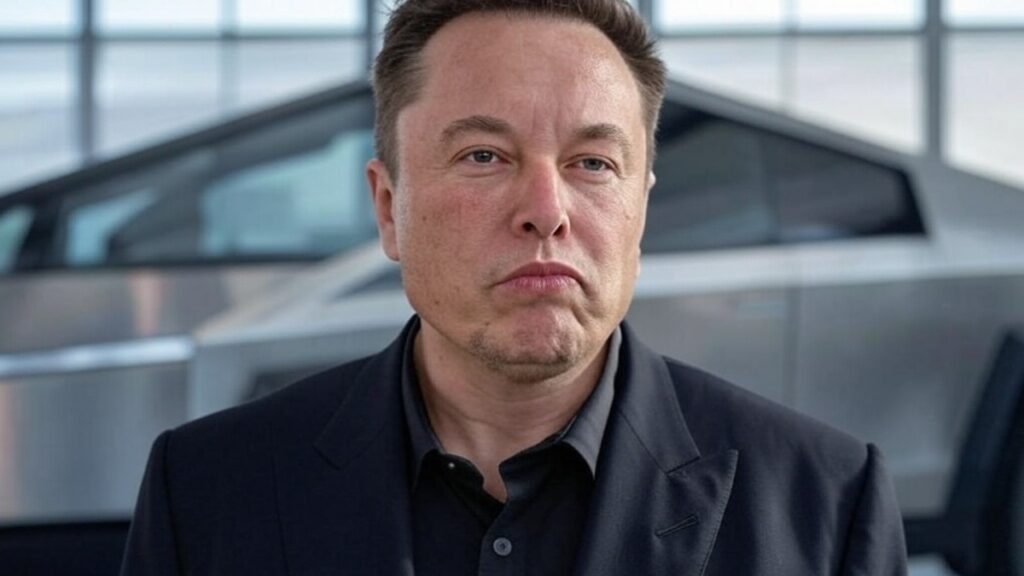Elon Musk has a knack for turning heads, and his recent foray into tackling U.S. government inefficiencies is no exception. His self-proclaimed anti-bureaucracy task force has been wielding a metaphorical chainsaw, promising cost-saving reforms. However, despite the hype surrounding Musk’s push for fiscal responsibility, the reality is that government spending continues to rise unabated.
Musk’s Agenda Against Bureaucracy
The tech mogul, known for his disruptive approach, has positioned himself as a leader in the movement against perceived bureaucratic waste in the U.S. federal government. Armed with a team dubbed the anti-bureaucracy commandos, Musk seeks to optimise government operations and address inefficiencies directly. In collaboration with the White House, his team is focused on curbing unnecessary expenditure and reforming government departments to eradicate wasteful practices.
However, despite the attention this initiative has attracted and Musk’s reputation for driving radical change, the savings reported are falling short of expectations. To date, the cost-cutting measures have resulted in only $150 billion in savings—merely 7.5% of an ambitious $2 trillion goal. While that figure may initially seem impressive, it translates to about $931 per taxpayer, a modest amount in the grand scheme of the federal budget.
The Reality Check on Bureaucratic Reform
The ambitions to cut red tape, reduce waste, and downsize government positions are commendable, and Musk’s efficiency department, known as Doge, regularly updates its progress. Yet, for all the excitement around this endeavour, its overall impact on federal spending appears to be limited. Despite headline-grabbing mass layoffs and promises of a more streamlined government, the claimed savings are but a small fraction of the federal budgetary outlays.
As federal debt escalates and government spending surges to accommodate everything from defence to healthcare, attempts to rein in bureaucracy seem akin to a gentle breeze in the face of a raging storm. While Musk’s team may achieve some notable reductions, as long as government spending continues to climb—driven by various programs, bailouts, and inflation—his chainsaw tactics may not yield the transformative shift many are hoping for.
Navigating the Challenge of Systemic Change
Even with the formidable backing of a figure like Musk, who has made waves across industries from electric vehicles to space travel, driving significant change in a vast and entrenched system like the U.S. government poses a major challenge. The truth is, bureaucratic inertia is a formidable opponent, compounded by long-standing policies, entrenched interests, and a political landscape that thrives on complex legislation.
Musk’s initiatives, though bold, are encountering resistance from multiple fronts. Special interests, lobbyists, and the very bureaucratic apparatus he intends to reform are deeply rooted. Making substantial changes to such a system often requires far more time and effort than anyone might anticipate, no matter how determinedly one wields a chainsaw.
Assessing the Outcome
While Musk’s campaign to streamline the federal bureaucracy is commendable, it faces a steep ascent ahead. Taxpayer savings amounting to millions are a fine start, but the magnitude of the issue requires more profound, systemic reform. For the moment, Musk’s anti-bureaucracy movement may generate buzz, but it has yet to live up to the grand promises made.
Ultimately, we must ask: can Musk’s initiative substantially mitigate the relentless rise in government spending? Or will his chainsaw encounter too many obstacles to effect meaningful change? The answer remains uncertain, leaving taxpayers and policymakers with a fiscal journey that’s far from reaching its conclusion.







